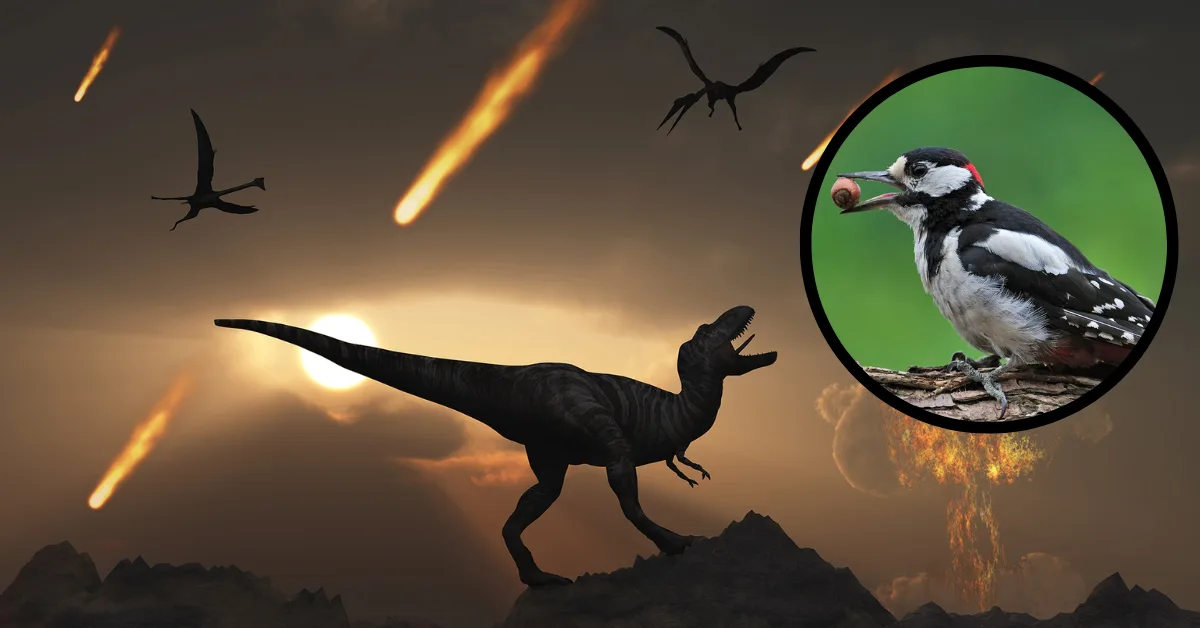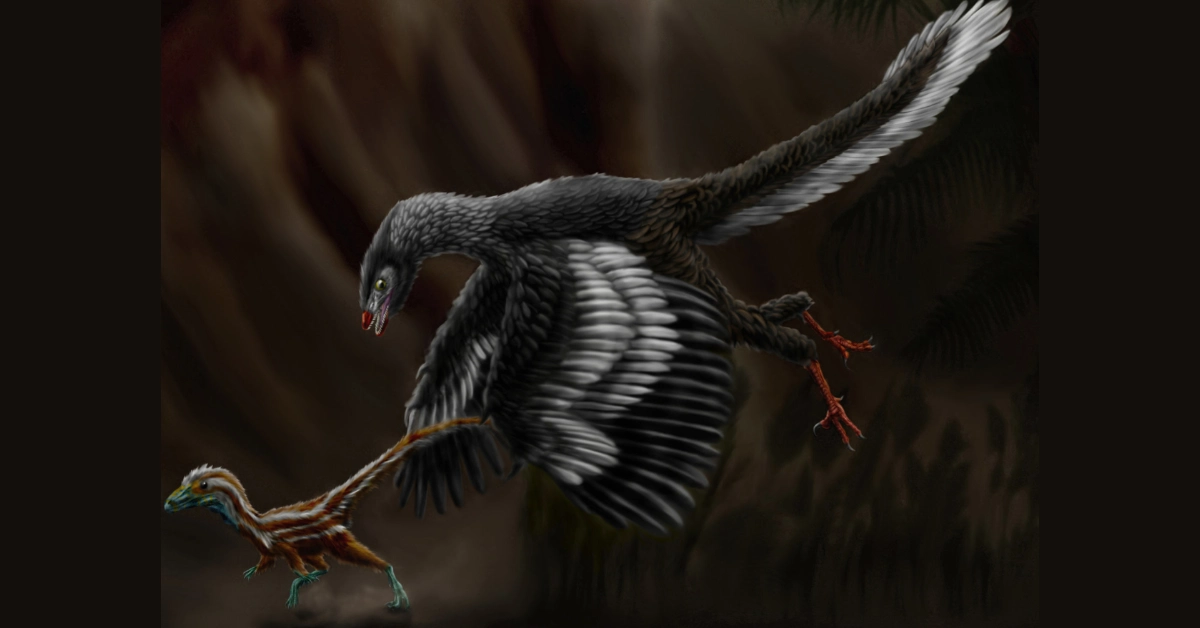Only birds survived the catastrophic asteroid impact that caused the mass extinction of dinosaurs approximately 66 million years ago. Scientists have been perplexed for years as to why birds, descendants of dinosaurs, survived while the vast majority of other species, including well-known formidable giants, did not. Now, two new studies have examined molting as a potential answer.
How Molting Helped Dinosaurs Stay Alive After An Asteroid Hits
When a bird molts, it gets rid of its old feathers and grows new ones. Keratin, which is a type of protein, is the same thing that makes up hair and nails on people. Birds need feathers because they help them fly, swim, find mates, stay warm, and keep their skin from getting burned by the sun.
Because feathers are made of complicated structures that can’t be changed, birds molt to get rid of their old feathers. Modern birds change their feathers once a year, a few at a time over the course of a few weeks. So, even though they are molting, they can still fly. Some birds, like ducks, lose all their feathers at once and get new ones quickly, but this is rare.
Amber Reveals An Old Story About Molting
Researchers have been looking at fossils of birds that lived 99 million years ago that were stuck in amber. They found feathers from baby birds that had been kept in the amber. This was the first solid proof that young birds shed their feathers. The feathers had a strange mix of traits that have never been seen in any baby bird species that is still alive. It is strange that all of the feathers started to grow at the same time.
The researchers think the feathers came from a group of ancient birds called Enantiornithines. These birds were different in many ways. Some baby birds, called Altricial birds, don’t have feathers when they hatch. Their parents have to take care of them a lot. Some species are born with feathers and can grow up on their own. These are called precocial species. But all young birds have to shed their feathers, which takes a lot of energy.
The mass destruction caused by the asteroid hit was too much for the Enantiornithines to handle. The fact that feathers from baby birds were found in the amber shows that they were molting when the asteroid hit. The effect made temperatures drop and made it hard to get things. The Enantiornithines were too cold and didn’t have enough food to stay alive. They died out in the end.
But some relatives of birds that shed their skin once a year might have been able to survive the asteroid. This made it possible for birds like robins and pigeons to change into what they are today. Molting may have been a key part of how they were able to stay alive during the mass extinction.
We love hearing from our readers! If you have any questions or comments, please feel free to contact us at Thetecheducation.com.



